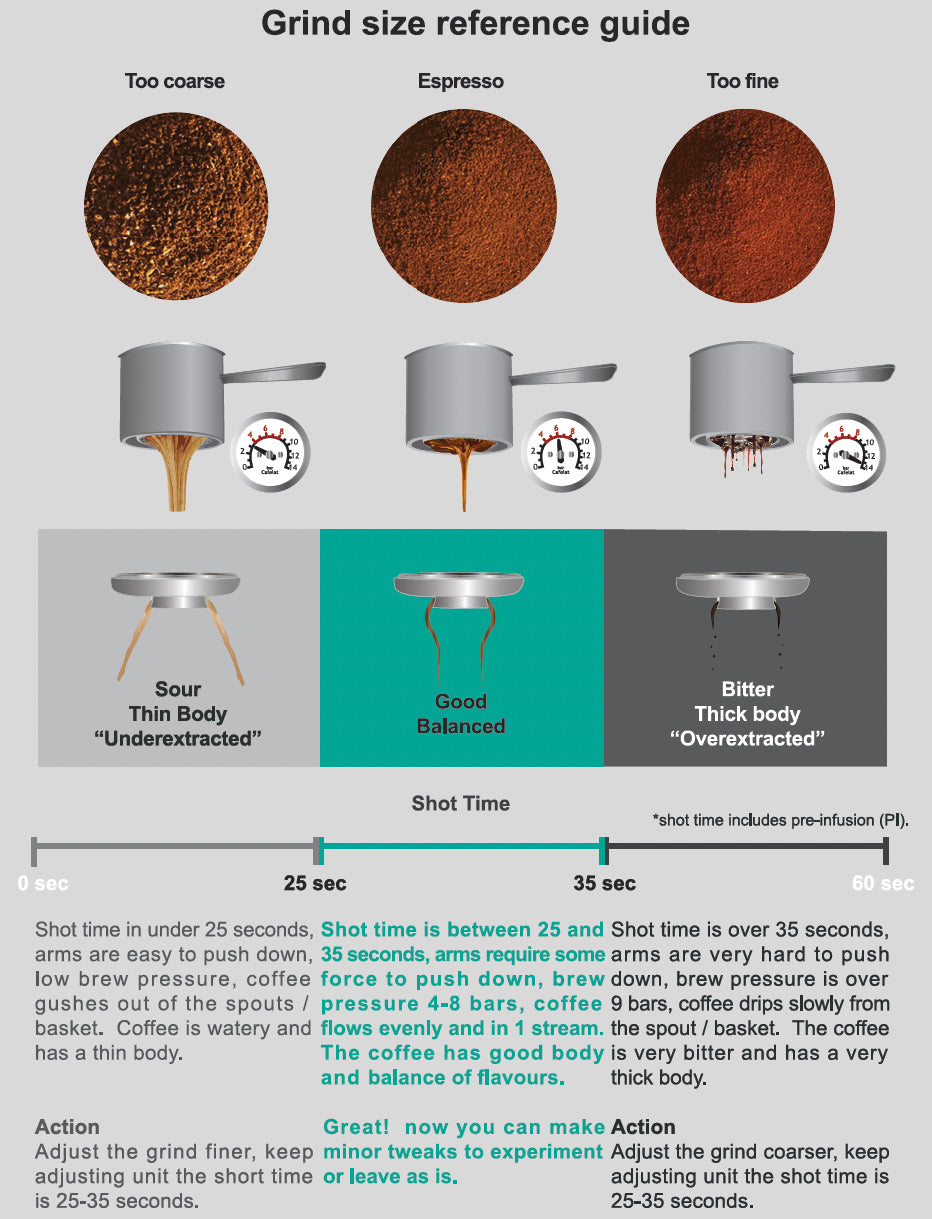For home baristas, honing your espresso extraction timing can elevate your coffee experience to new heights. The essence of great espresso lies in balancing timing, grind size, and extraction flow. Initially, I found this process daunting, but once I understood the nuances, it transformed into an enjoyable and fulfilling aspect of my coffee routine.

The Importance of Timing in Espresso Extraction
Timing is essential for producing a consistent and flavorful espresso. It enables you to control the flavor extraction from the coffee grounds. If the extraction is too brief, it results in an under-extracted shot that tastes sour and sharp, lacking depth. Conversely, an excessively long extraction can lead to bitterness and an unpleasant aftertaste, indicative of over-extraction.
Methods for Timing Espresso Extraction
From my experience, there are two primary approaches to timing espresso extraction. You can either start your timer when the pump begins or wait until the first drops of espresso emerge. I prefer starting the timer as soon as I activate the espresso machine, as this includes the pre-infusion phase and helps ensure greater consistency across shots.
The Ideal Extraction Time Range
A standard guideline for espresso extraction lies between 25 and 35 seconds. Through my trials, aiming for around 30 seconds generally yields a well-balanced shot. If your extraction concludes in under 25 seconds, it's likely under-extracted, resulting in a weak and sour flavor. Conversely, if it surpasses 35 seconds, it’s probably over-extracted, leading to bitterness.
Fine-Tuning Grind Size for Perfect Timing
The timing of your espresso extraction is intricately linked to grind size. A finer grind slows down the extraction, while a coarser grind accelerates it. If your shot pulls too quickly (under 25 seconds), your grind may be too coarse. On the other hand, if it takes longer than 35 seconds, consider adjusting to a coarser grind. It took me several attempts to find the right grind size, but once I did, it greatly improved my espresso quality.
Evaluating Flavor: The Final Test for Your Espresso
While timing is vital, the taste should always be your guiding principle. I've discovered that no matter how precise your timing, the flavor profile is what truly matters. A well-balanced espresso should harmonize sweetness, acidity, and body. If your shot tastes sour or thin, it may be under-extracted, suggesting a finer grind or adjusting the brew ratio. Conversely, if it’s bitter and dry, it’s likely over-extracted, and a coarser grind or shorter extraction time may be necessary.
Common Extraction Challenges and Their Solutions
Here are some typical extraction issues I've faced, along with their solutions:
Under-extraction: If the shot pulls in less than 25 seconds and tastes sour or flat, the grind is probably too coarse. The fix is to grind the coffee finer and try again.
Over-extraction: If the shot takes longer than 35 seconds and has a bitter, dry aftertaste, the grind is likely too fine. Adjusting to a coarser grind usually resolves the problem.
The Impact of Pre-Infusion on Extraction Timing
Pre-infusion can influence the total extraction time. Some espresso machines, especially higher-end models, feature a pre-infusion function where water sits on the grounds before full pressure is applied. Including this phase in your total extraction time can yield better results. If your machine lacks automatic pre-infusion, you can simulate it by manually starting and stopping the pump briefly.
Experimenting with Brew Ratios for Enhanced Flavor
Brew ratio is another crucial element affecting espresso extraction, referring to the amount of ground coffee relative to the liquid espresso produced. A typical starting ratio is 1:2, such as 18 grams of coffee producing 36 grams of espresso. However, I’ve found that adjusting this ratio based on the type of beans can uncover unique flavors.
For lighter roasts, using a lower brew ratio or longer extraction (e.g., 1:2.5) can enhance the brighter, fruity notes. For darker roasts, sticking closer to a 1:2 ratio can help mitigate bitterness while preserving richness and body.

Conclusion: The Significance of Tasting and Sensory Feedback
Ultimately, tasting and evaluating your espresso is the most crucial step. While timing provides a reliable framework, taste is the true measure of success. I've experienced shots that were perfectly timed at 30 seconds yet didn't taste right due to grind size or brew ratio inconsistencies. Through experimentation with timing, grind size, and ratios, I've refined my ability to pull consistently excellent shots.
Mastering espresso extraction is a journey that requires time, practice, and patience. By focusing on essential factors such as timing, adjusting grind size, and tasting your results, you’ll soon be crafting perfect espresso shots with confidence.
